NASA’s New Horizons spacecraft measured the feeble background glow that comes from myriad galaxies filling the universe. The finding has settled a long-standing mystery about the source of background light.
Tag: Optical

Nonlinear Encoding in Diffractive Optical Processors Based on Linear Materials
Researchers explored nonlinear information encoding in diffractive processors based on linear materials. They revealed that simpler-to-implement phase encoding matches the accuracy of data repetition strategies across various test datasets. While data repetition-based diffractive blocks cannot provide optical analogs to fully-connected or convolutional layers employed in digital neural networks, they are effective in enhancing inference accuracy. This research provides insights into the interplay between linear material-based diffractive systems and nonlinear encoding strategies in visual information processors.
Stephen Fantone Elected Chair of Hertz Foundation’s Board of Directors
The Fannie and John Hertz Foundation, a nonprofit organization dedicated to empowering the most promising innovators in science and technology, has announced the election of Stephen D. Fantone as chair of its board of directors.
Life Gets Easier with ReadMe Program that Digitizes Documents and Images Developed Right Here in Thailand
A team from Chula’s Faculty of Engineering have made use of AI Deep Tech to develop a program that scans documents and images into OCR documents. The program is more than 90% accurate when reading Thai scripts and Chula’s UTC is now ready for a spin-off to the market through Eikonnex AI Co. Ltd.
One-dimensional red phosphorous glows in unexpected ways
In a study published in Nature Communications, an international team led by Aalto University researchers has found that fibrous red phosphorous, when electrons are confined in its one-dimensional sub-units, can show large optical responses – that is, the material shows strong photoluminescence under light irradiation. Red phosphorous, like graphene, belongs to a unique group of materials discovered in 2017 called one-dimensional van der Waals (1D vdW) materials.
One-dimensional red phosphorous glows in unexpected ways
In a study published in Nature Communications, an international team led by Aalto University researchers has found that fibrous red phosphorous, when electrons are confined in its one-dimensional sub-units, can show large optical responses – that is, the material shows strong photoluminescence under light irradiation. Red phosphorous, like graphene, belongs to a unique group of materials discovered in 2017 called one-dimensional van der Waals (1D vdW) materials.
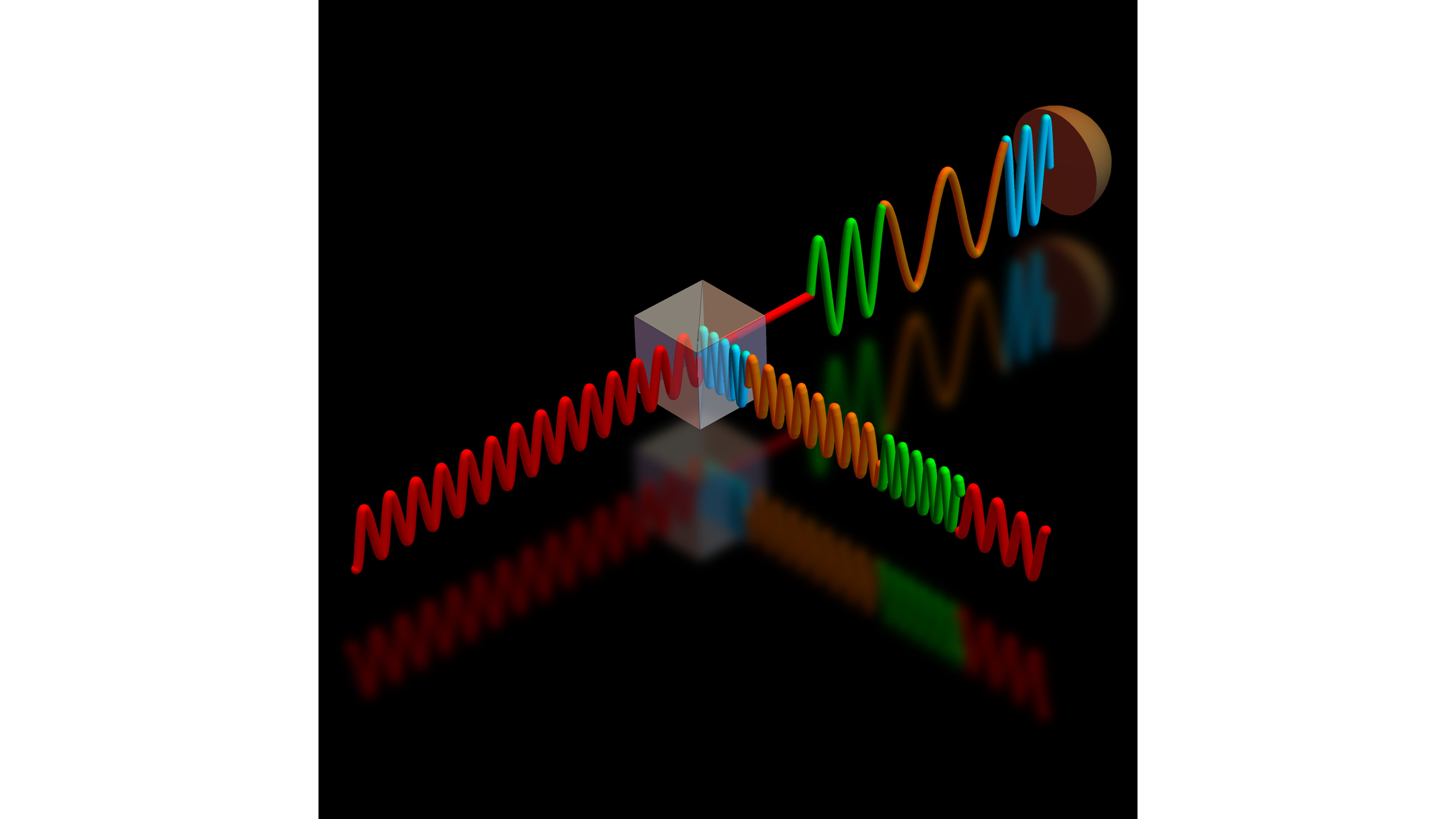
Boosting Fiber Optics Communications with Advanced Quantum-Enhanced Receiver
Fiber optic technology is the holy grail of high-speed, long-distance telecommunications. Still, with the continuing exponential growth of internet traffic, researchers are warning of a capacity crunch. In AVS Quantum Science, researchers show how quantum-enhanced receivers could play a critical role in addressing this challenge. The scientists developed a method to enhance receivers based on quantum physics properties to dramatically increase network performance while significantly reducing the error bit rate and energy consumption.
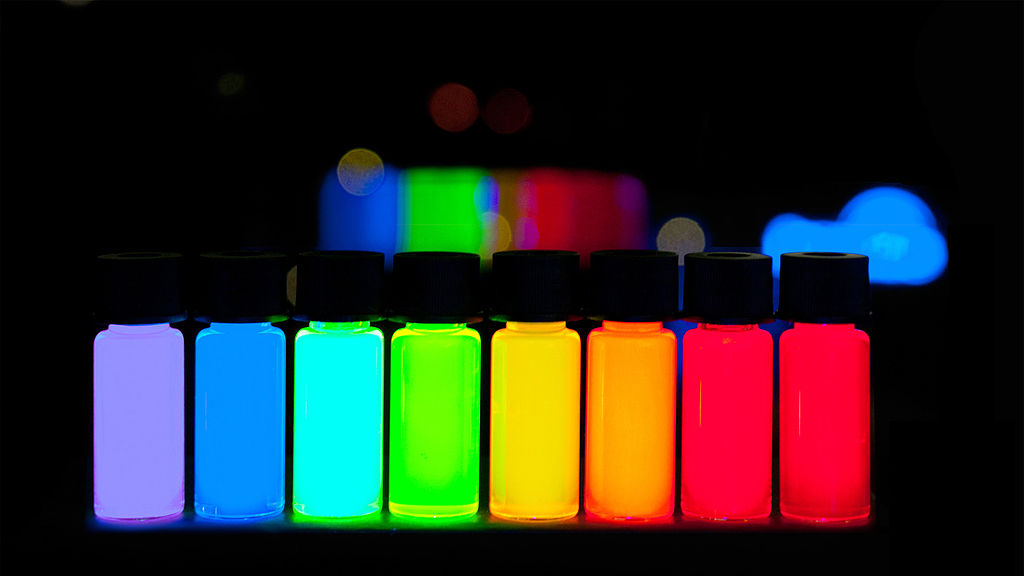
Science Snapshots from Berkeley Lab
Berkeley Lab-developed machine learning tool can also calculate the optical properties of a known structure; CUORE experiment in Italy is designed to find theorized process called neutrinoless double-beta decay
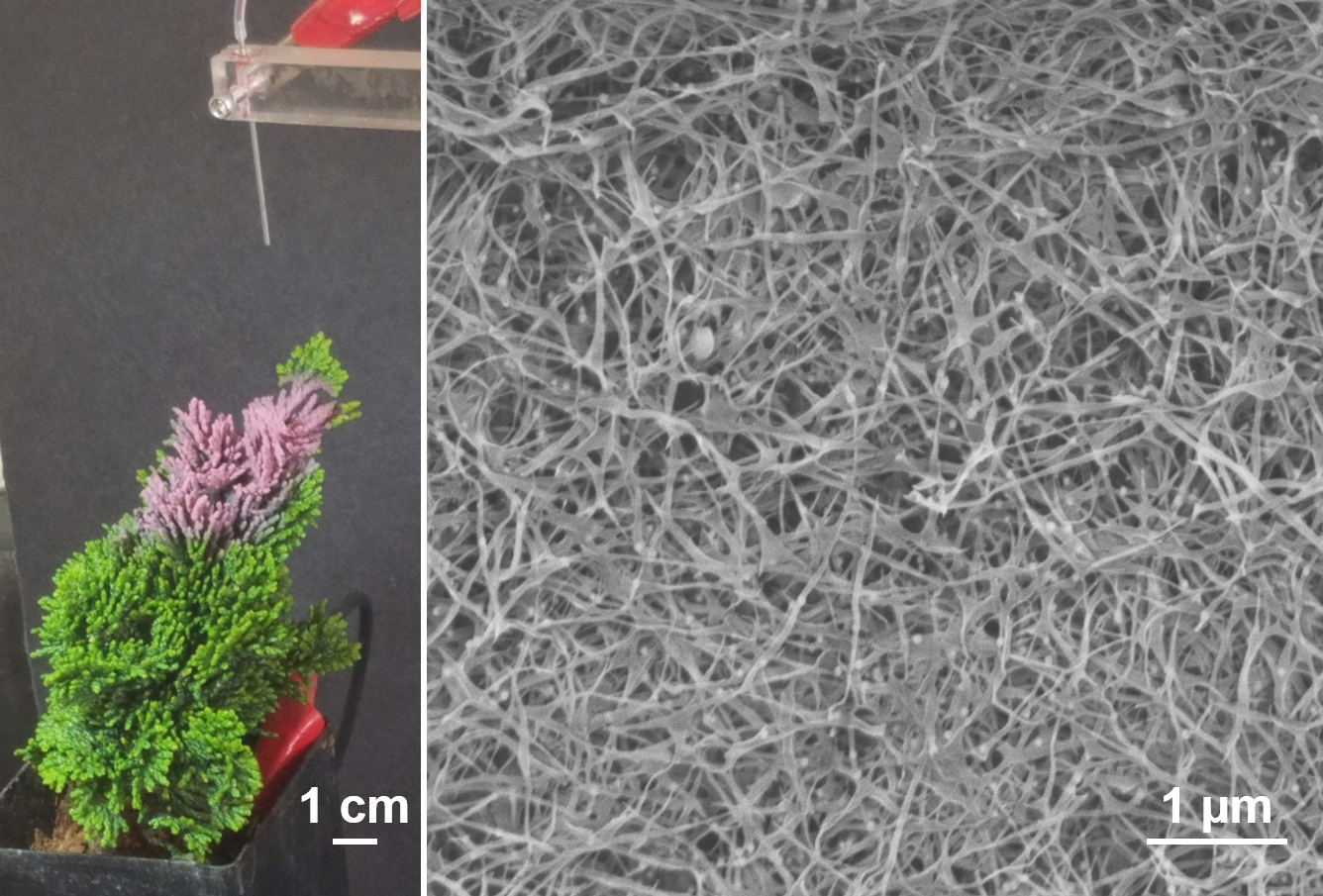
Plant-Based Spray Could be Used in N95 Masks and Energy Devices
Engineers have invented a way to spray extremely thin wires made of a plant-based material that could be used in N95 mask filters, devices that harvest energy for electricity, and potentially the creation of human organs. The method involves spraying methylcellulose, a renewable plastic material derived from plant cellulose, on 3D-printed and other objects ranging from electronics to plants, according to a Rutgers-led study in the journal Materials Horizons.
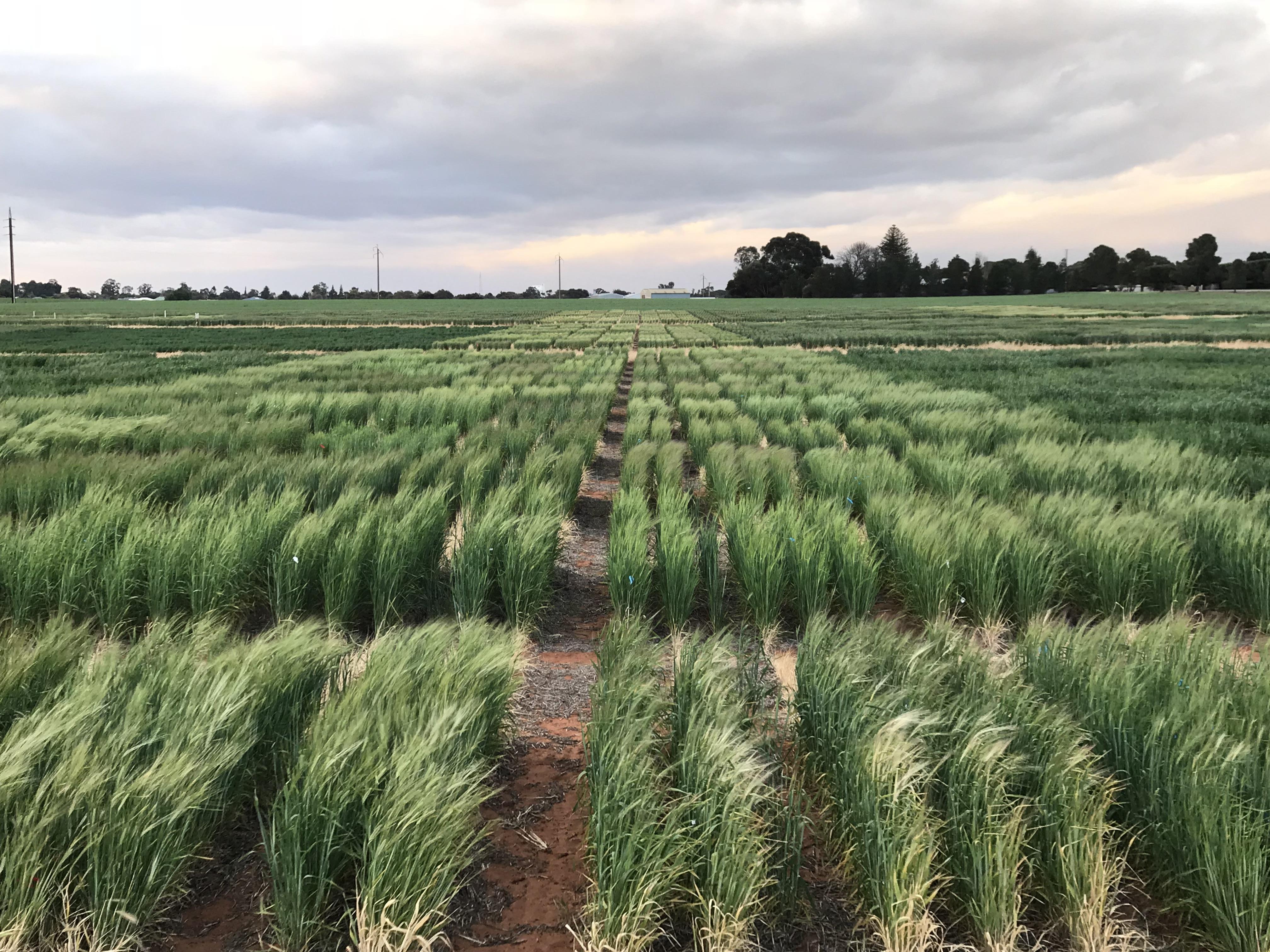
Potential new tool for frost screening in crops
Agricultural scientists and engineers at the University of Adelaide have identified a potential new tool for screening cereal crops for frost damage.
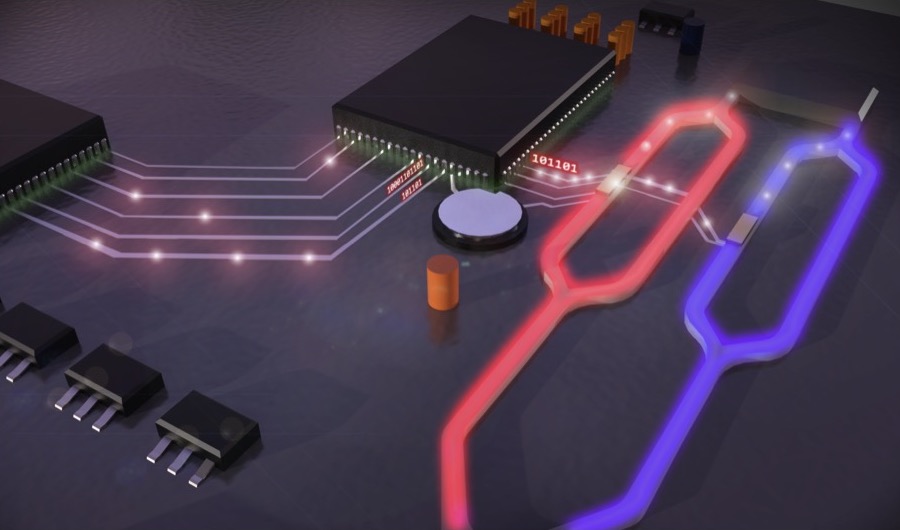
Breaking the Size and Speed Limit of Modulators: The Workhorses of the Internet
SUMMARYResearchers developed and demonstrated for the first time a silicon-based electro-optical modulator that is smaller, as fast as and more efficient than state-of-the-art technologies. By adding indium tin oxide (ITO) – a transparent conductive oxide found in touchscreen displays and…
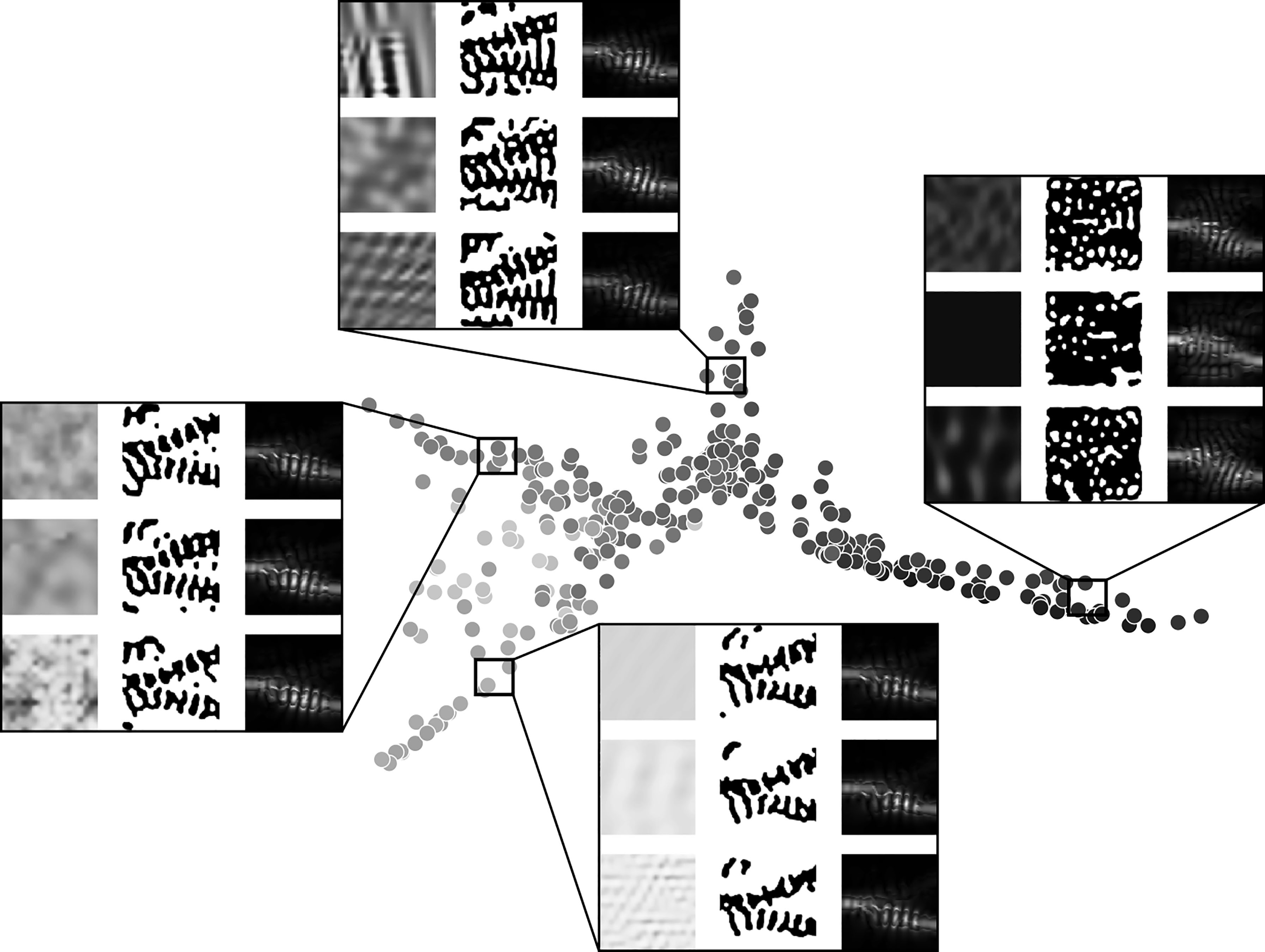
Inverse Design Software Automates Design Process for Optical, Nanophotonic Structures
Stanford University researchers created an inverse design codebase called SPINS that can help researchers explore different design methodologies to find fabricable optical and nanophotonic structures. In the journal Applied Physics Reviews, Logan Su and colleagues review inverse design’s potential for optical and nanophotonic structures, as well as present and explain how to use their own inverse design codebase.

Laser Pulse Creates Frequency Doubling in Amorphous Dielectric Material
Researchers have demonstrated a new all-optical technique for creating robust second-order nonlinear effects in materials that don’t normally support them. Using a laser pulse fired at an array of gold triangles on a titanium dioxide (TiO2) slab, the researchers created excited electrons that briefly doubled the frequency of a beam from a second laser as it bounced off the amorphous TiO2 slab.
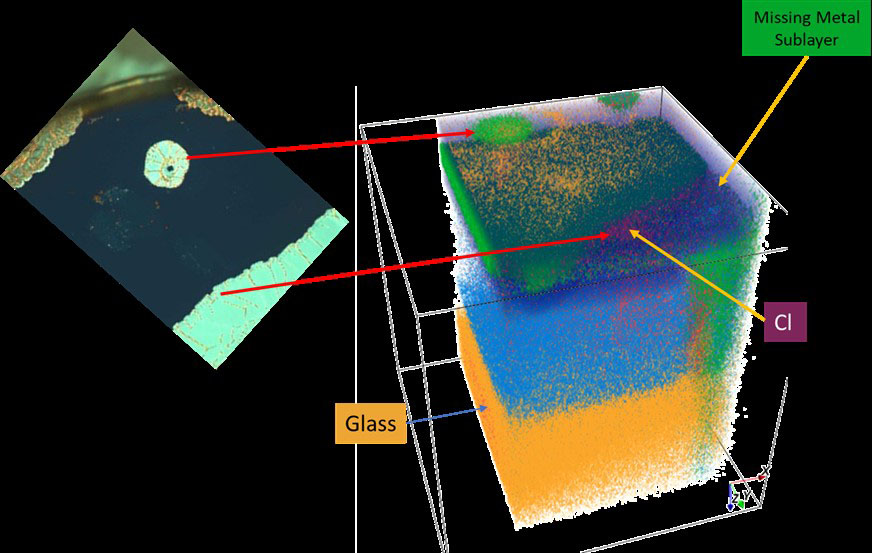
Improving Optical Characteristics of Thin Glass
In recent years, glass has become an important part of our day-to-day lives, acting as a physical boundary between humans and digital information and communication. At the AVS 66th International Symposium and Exhibition, Albert Fahey, an associate scientist at Corning Incorporated, will present on the methods scientists use to study the chemical and mechanical properties of glass and other optical surfaces, how they are working to better understand these surfaces and their limits, and what new things are being done to improve user friendliness.